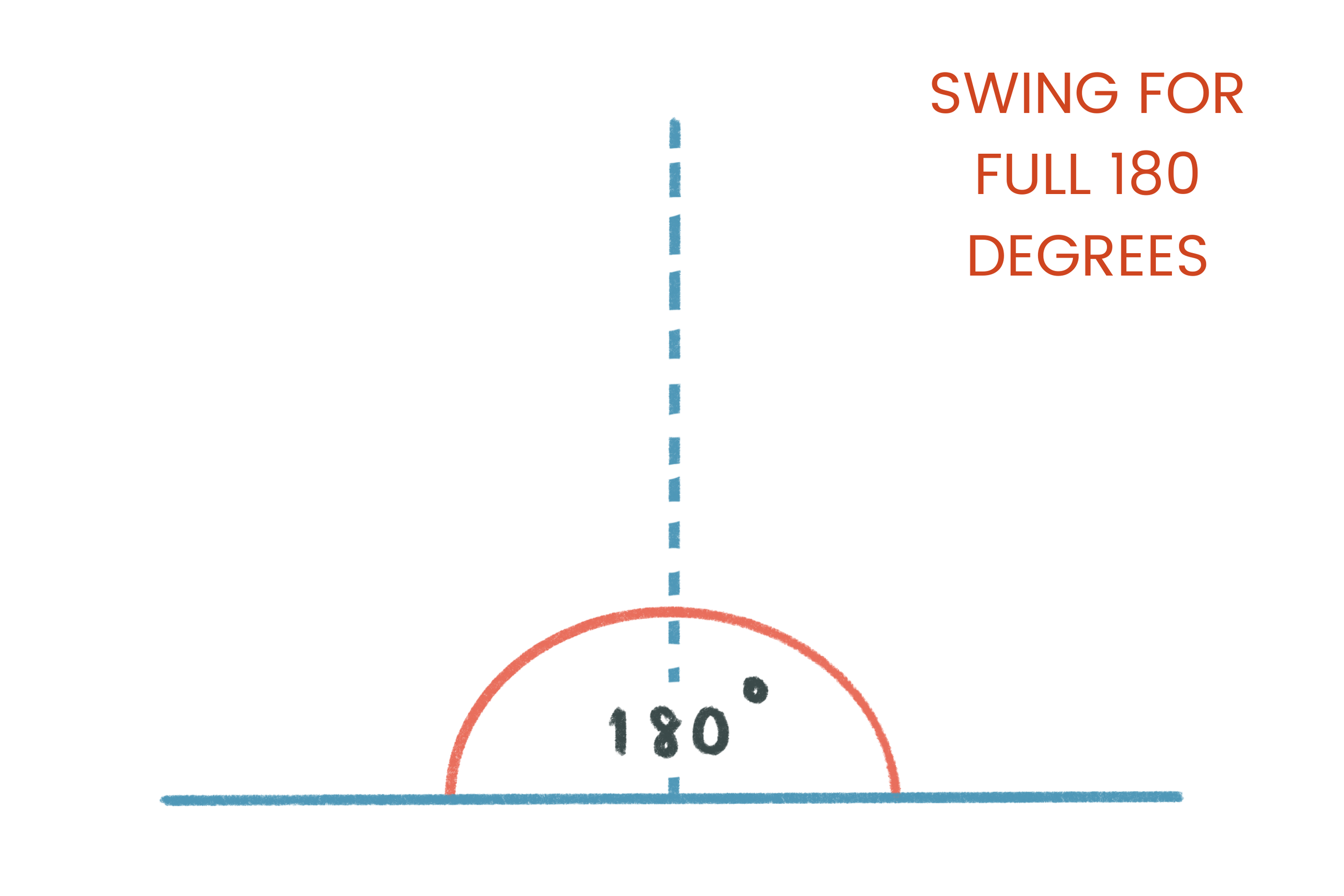EVERYTHING MOVES
Are you aware that everything around us constantly moves, including things that we deem to be stationary?
As it comes to eyesight, there are two main types of physical movement in the world.
First, there is the independent movement of objects around us. Cars driving, people passing by, etc.
Then there is the relative movement of objects, which is dependent on the point that the eyes are focused on.
While the independent movement may stop, the relative movement of objects is always present. As soon as your eyes move (microscopic movements included), the whole world moves relative to your point of focus. Healthy eyes see this movement. This movement helps them stay relaxed, move smoothly and frequently. It prevents staring and strain, and brings clarity as a result.
The way to begin noticing relative movement is through the technique called the Long Swing.
LONG SWING
Stand with your legs slightly apart, and your feet in a “Charlie Chaplin” stand (your toes pointing slightly to the opposite sides). Wear a mono lens. Hold a pointer (pencil or a long thin object) with both hands at your eye level, and 12 or more inches in front of your face. The pencil is pointing up, your arms are bent slightly at the elbows.
Look at the tip of the pointer with a soft gaze. The pointer will be in focus and the rest of your surroundings will be out of focus.
While keeping your eyes on the pointer, move 90° to one side, then to the other side by rotating at your waist. As you rotate to the right, left foot rotates and your left heel raises slightly off the ground. As you rotate your body to the left, your right foot rotates and your right heel raises slightly off the ground.
Notice the sensation that everything in the background seems to be moving in the direction opposite to the movement of the pointer and your body. When moving to the right, the out of focus background moves to the left. When moving to the left, the out of focus background moves to the right.
End the practice by closing your eyes for just a moment. Recall the movement you had just experienced, the background moving from one side to the next, opposite to your movement.
Swing at least 15 times in each direction. Practice for several minutes to learn the skill at a deeper level. Remember to breathe and blink!





Practice Lenses: L and R shield for single eye practice.
No shields necessary when bringing the eyes together (after you have finished your mono practice), or to practice for the purpose of eye relaxation
Use shields #1 or #2 in early phases of the skill development
Tips & Watch outs:
Practicing with a mono lens helps an eye that has difficulty seeing the movement to learn the skill on its own terms
Practice with your dominant eye first
If you have difficulty seeing the opposite/counter movement at all, use lenses #1, or #2 and notice objects coming in and out of your periphery as you move. This will provide your brain with information needed to comprehend the practice
You may also use your imagination to show yourself the movement. Close your eyes, and as you move your body in one direction, imagine the world moving in the opposite direction .
If your arms get tired, you can hold the pointer in just one hand and alternate hands. Your finger can also stand in lieu of a pointer
As you progress, practice this technique without the pointer, by simply looking into mid-distance.

